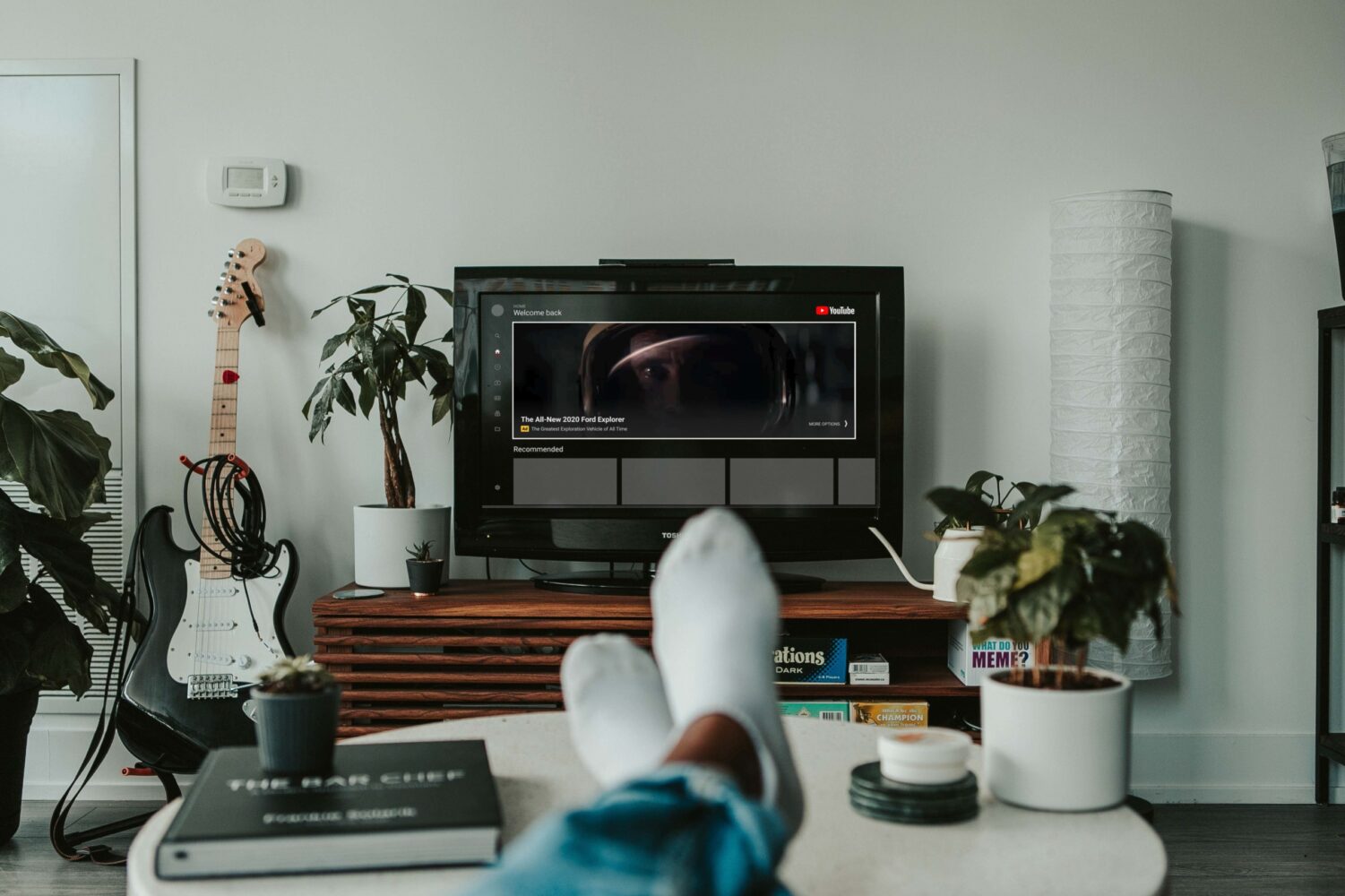There are so many aspects of marketing that it can be hard to keep everything straight. At the same time, you know how important and powerful marketing can be for growing a business.
So, what is contextual targeting in marketing?
Instead of spending hours and hours researching things online, we have done all the work for you and created a simple guide that will tell you everything you need to know about contextual targeting, other types of targeting, and how to use them to your advantage.
Read on to learn how to benefit your business with the use of effective contextual targeting.
What is Contextual Targeting With Advertising?
Contextual targeting places advertisements in locations where the original content aligns with the advertisement itself. By placing relevant advertisements in these locations, it increases the likelihood that your advertisement will appeal to the viewer and will lead to your desired result.
If you’re still a little bit confused, don’t worry. Here are some examples to help break it down for you:
- You can place an advertisement for a beauty product before a prominent YouTuber’s makeup tutorial. The person watching this video is likely to be interested in makeup and beauty products since they are watching a makeup-related video. This contextual targeting for video is definitely an improvement over simply targeting women, or women of a certain age that may or may not actually wear makeup.
- You can place an advertisement for a high-end suitcase in a travel-related magazine. The person reading the magazine is likely an avid traveler and may be looking for a new suitcase to simplify their travels.
- You can place an advertisement for designer purses on a fashion website like Vogue, Allure, InStyle, or Elle. The viewer is clearly already interested in high-end fashion, and would be more likely to buy your product than the typical person within your target demographic.
As you can see, contextual targeting can be used in a variety of different avenues online with great results. You are able to reach people based on their interests and what they are currently searching for. Just think of your products as an added bonus to what they’re already interested in that can easily catch their eye, and may end up being just the thing they’ve been looking for.
How Does Contextual Targeting Differ From Other Types of Targeting?
In addition to contextual targeting, there are a couple of other types of targeting, namely audience targeting and behavioral targeting.
Contextual Targeting vs Audience Targeting
This is targeting people based on your ideal audience. You will need to think about who you want to buy your products, what they would like to see in ads, and how you want them to respond to the content in your ads.
Then, you can tailor your different advertisements based on this “profile” that you create using information like consumer data. This will largely differ depending on the overall goal of the advertisement be it brand awareness, sales, retargeting, etc.
Overall, you need to think like your audience and tailor your content based on that.
Contextual Targeting vs Behavioral Targeting
This is targeting specific people based on their individual browsing habits on sites and search engines.
This is done through cookies. Cookies are a powerful advertising tool but recent restrictions and regulations have made it more difficult for companies to rely on cookies and behavioral targeting alone.
So, while this is a great method for things like retargeting, it might not be the best method to employ across the board with all different types of advertisements.
Why is Contextual Targeting Useful?
We have already touched on some of the reasons why contextual targeting is useful, but in order to get the whole picture, we need to go deeper and explore all of the ways that contextual targeting can benefit businesses all across the board.
Build Brand Image and Awareness
Contextual targeting can help build up your brand image and awareness. This might not seem like a big deal, but you need to do this before you can actually convince a person to buy from you.
By associating yourself with positive and relevant content, you are building a positive and relevant brand image that people are likely to remember the next time they are looking for a product.
Protect Brand Image
Not only can contextual targeting help build your brand image, but it can help protect it as well, a concept known as brand safety.
If you’re not careful, you could end up advertising next to negative or damaging content that will turn off potential customers. This is especially true on platforms that have billions of videos that are constantly being uploaded all over the world, like YouTube. Contextual targeting avoids this trap.
Contextual targeting uses exclusion lists to help you avoid content that you don’t want to be around.
Comply With Regulations
Gone are the days when companies could just collect user information without users knowing or consenting. With tons of new rules and regulations surrounding cookies, it’s definitely harder to use them for behavioral targeting.
So, even though contextual targeting has always been powerful and beneficial, it’s even more so now that this type of data compilation is less and less effective. With contextual targeting, companies are having to rely on other methods to reach their target audience.
Increase Purchasing Intent
Finally, we’re talking about the good stuff: money. Contextual targeting can help increase the purchasing intent of people who view your advertisements.
But it’s not just all talk — research shows that contextually matched audiences can result in up to 50% higher ad recall and brand awareness when compared with ads that only use demographic targeting. This means more impact with viewers, more sales, and more revenue in return that you can then use to continue growing your business.
How to Use Contextual Targeting Effectively
As you can see, contextual targeting can be extremely beneficial, but only if you do it effectively. But what can you, as a beginner, do to make sure that you are doing it effectively and getting the best bang for your buck when it comes to your advertising budget?
Perhaps the best thing to do is to consult with a professional marketing team, like the Channel Factory, who can help you come up with a comprehensive contextual targeting strategy based on your company’s unique mission, vision, and overall values.
We at the Channel Factory can use our experts to help you tailor inclusion lists for content that you want your advertisements to be placed next to and your company to be associated with. We can also help you tailor exclusion lists for content that you do not want your advertisements placed next to and do not want your company associated with.
Furthermore, our professionals can employ the unique human touch alongside the power and efficiency of artificial technology to sort through everything on the Internet to come up with safe and effective placements for your advertisements.
So, while it may be possible to do this on your own, we have found that the best option is to consult with experts like us in order to make sure that you’re using contextual targeting effectively, reaching the people that you want to reach, and protecting your brand image from negative associations all at the same time.
In Closing
As you can see, contextual targeting is a powerful way to target people with content that relates to what they’re currently looking at. Not only can it help you get more customers, but it can also help protect your brand image from being associated with negative content that goes against your values.
There’s a ton of value within contextual targeting as long as you do it right.
Sources:
- https://www.forbes.com/sites/forbesagencycouncil/2016/10/31/why-brand-image-matters-more-than-you-think/#:~:text=Brand%20image%20is%20important%20for,you%20want%20it%20to%20say.
- https://www.privacypolicies.com/blog/eu-cookie-law/
- https://www.inc.com/entrepreneurs-organization/a-labor-of-love-how-to-craft-your-companys-core-values.html











